Pay-Per-Click (PPC) advertising is a powerful digital marketing strategy that allows businesses to reach their target audience and drive traffic to their websites. However, managing PPC campaigns effectively requires the right tools and techniques. In this article, we’ll explore essential PPC tools and techniques to help you create, manage, and optimize your campaigns for maximum ROI.
What is PPC?
PPC is an online advertising model where advertisers pay a fee each time their ad is clicked. It’s a way of buying visits to your site rather than earning them organically. The most common PPC platform is Google Ads, but other platforms like Bing Ads, Facebook Ads, and LinkedIn Ads also offer PPC options.
Key PPC Tools
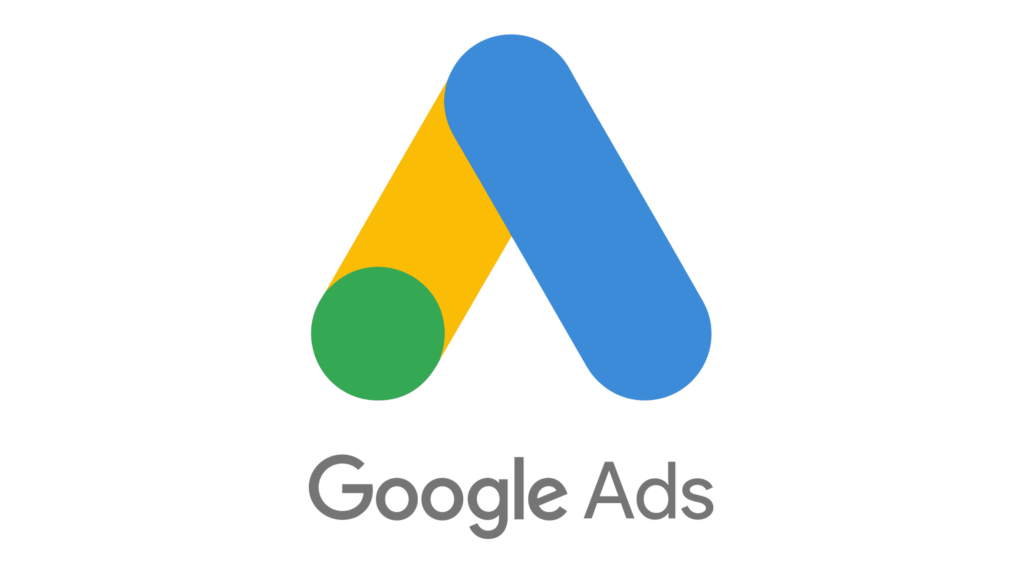
- Google Ads
Google Ads is the most popular PPC platform, allowing businesses to display ads on Google’s search engine and other Google properties. Key features include:
- Keyword Planner: Helps you find relevant keywords for your campaigns.
- Ad Creation Tools: Simplifies the process of creating text, display, and video ads.
- Performance Tracking: Provides detailed insights into your ad performance and ROI.
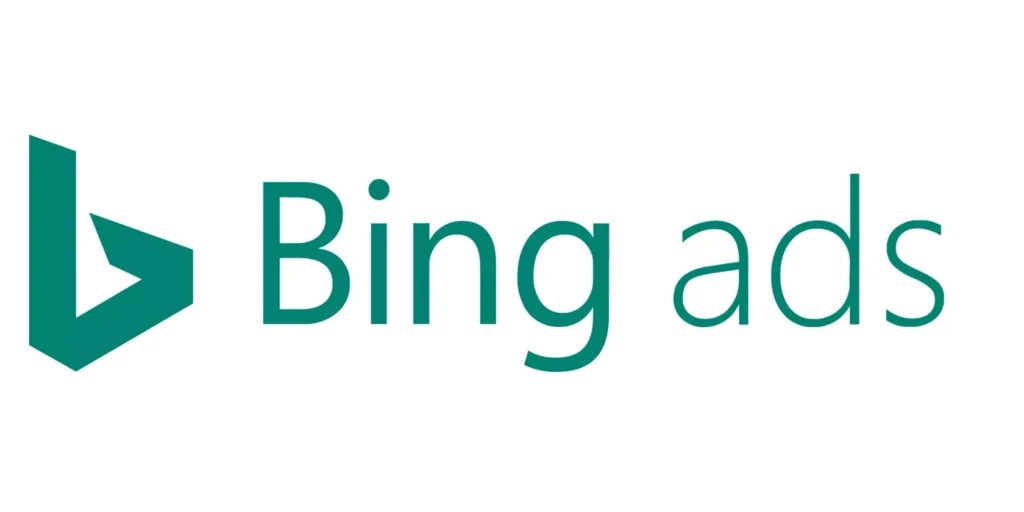
- Bing Ads
Bing Ads allows you to reach a different segment of search engine users. It offers similar features to Google Ads, including keyword research, ad creation, and performance tracking.

- Facebook Ads
Facebook Ads enable you to target users based on demographics, interests, and behaviors. Key features include:
- Audience Insights: Provides detailed information about your target audience.
- Ad Formats: Offers various ad formats, including image, video, carousel, and slideshow ads.
- Conversion Tracking: Measures the actions people take after seeing your ads.
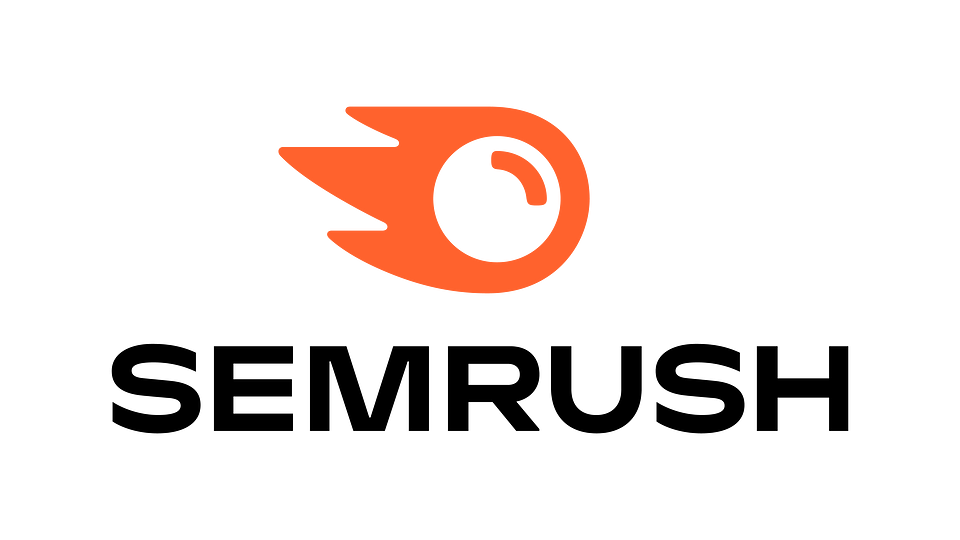
- SEMrush
SEMrush is a comprehensive digital marketing tool that includes PPC functionalities. It offers:
- Keyword Research: Identifies profitable keywords and competitor strategies.
- Ad Builder: Helps you create effective ad copy and design.
- PPC Competitor Analysis: Analyzes your competitors’ PPC campaigns to identify opportunities.
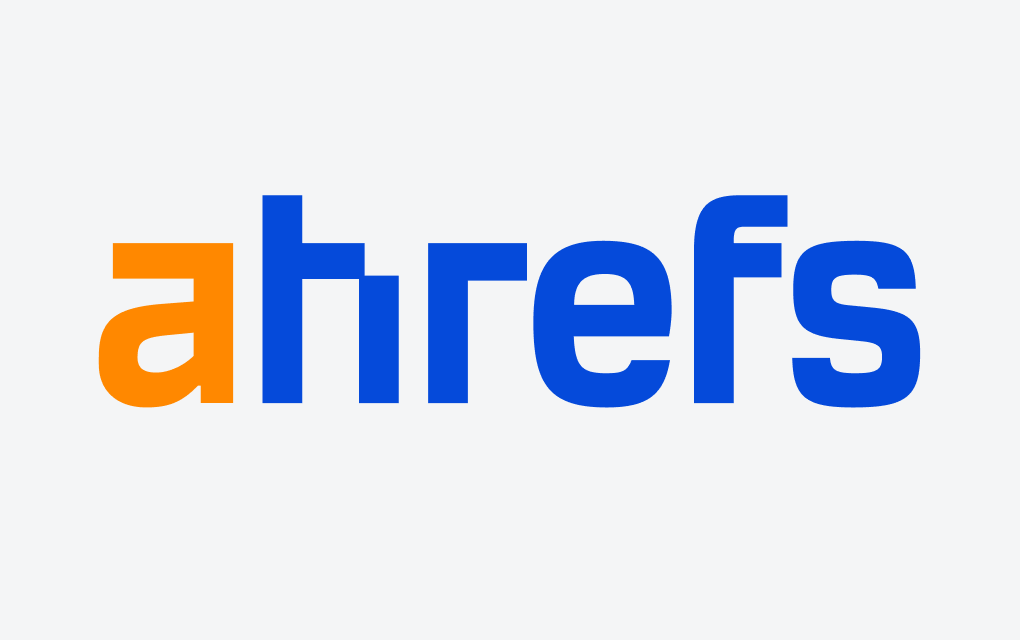
- Ahrefs
Ahrefs is primarily an SEO tool but also offers valuable PPC insights. It includes:
- Keyword Explorer: Finds relevant keywords for your campaigns.
- Content Gap Analysis: Identifies keyword opportunities you may be missing.
- Competitor Analysis: Provides insights into your competitors’ ad strategies.
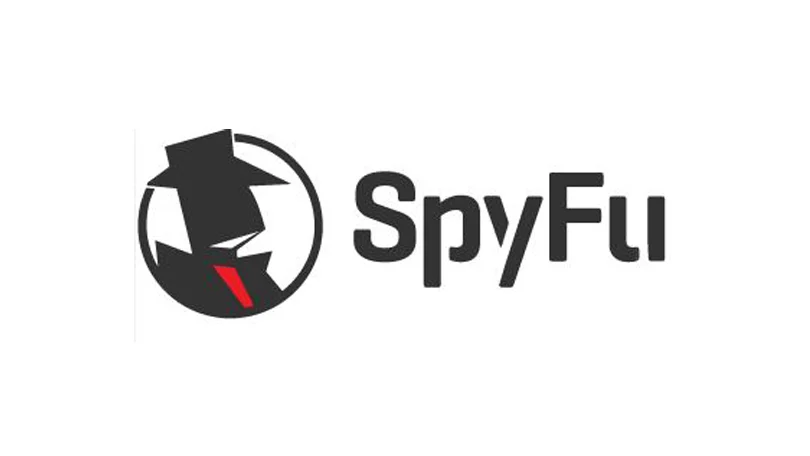
- SpyFu
SpyFu focuses on competitor analysis, offering:
- PPC Research: Provides detailed information on your competitors’ ad spend, keywords, and ad copy.
- Keyword Research: Identifies high-performing keywords for your campaigns.
- Ad History: Shows how competitors’ ads have changed over time.
Key PPC Techniques
- Keyword Research and Selection
Effective keyword research is crucial for PPC success. Use tools like Google Keyword Planner, SEMrush, and Ahrefs to identify high-traffic, low-competition keywords relevant to your business. Focus on long-tail keywords, which are more specific and often less competitive, to attract targeted traffic.
- Compelling Ad Copy
Creating compelling ad copy is essential to attract clicks and conversions. Tips for writing effective ad copy include:
- Use Strong Headlines: Grab attention with clear, concise, and compelling headlines.
- Highlight Benefits: Focus on the benefits of your product or service rather than just features.
- Include a Call to Action (CTA): Encourage users to take the desired action, such as “Buy Now” or “Learn More.”
- Use Ad Extensions: Utilize ad extensions to provide additional information and increase your ad’s visibility.
- Landing Page Optimization
Your landing page plays a critical role in converting clicks into customers. Ensure your landing pages are:
- Relevant: Match the content and offer of the landing page with the ad.
- User-Friendly: Design a clean, easy-to-navigate layout with a clear CTA.
- Fast-Loading: Optimize your landing page speed to reduce bounce rates and improve user experience.
- Mobile-Friendly: Ensure your landing page is responsive and works well on all devices.
- A/B Testing
A/B testing involves creating multiple versions of your ads and landing pages to determine which performs best. Test different elements such as headlines, ad copy, images, and CTAs. Use the results to optimize your campaigns continuously.
- Bid Management
Effective bid management helps you control your ad spend and maximize ROI. Techniques include:
- Manual Bidding: Adjust your bids manually based on performance data.
- Automated Bidding: Use automated bidding strategies provided by platforms like Google Ads to optimize bids for conversions or clicks.
- Bid Adjustments: Modify bids based on factors like device, location, and time of day to improve performance.
- Negative Keywords
Negative keywords prevent your ads from showing for irrelevant searches, saving your budget for more targeted traffic. Regularly review and update your negative keyword list to improve campaign efficiency.
- Performance Tracking and Analysis
Regularly track and analyze your campaign performance using tools like Google Analytics, Facebook Insights, and SEMrush. Key metrics to monitor include:
- Click-Through Rate (CTR): The percentage of users who click on your ad.
- Conversion Rate: The percentage of users who complete the desired action.
- Cost Per Click (CPC): The average amount you pay for each click.
- Return on Ad Spend (ROAS): The revenue generated for every dollar spent on ads.
PPC advertising is a powerful tool for driving targeted traffic and increasing conversions. By leveraging the right tools and techniques, you can optimize your PPC campaigns for maximum performance and ROI. Start by conducting thorough keyword research, creating compelling ad copy, optimizing your landing pages, and continuously testing and refining your strategies. With a data-driven approach and the right tools at your disposal, you can master PPC and achieve your business goals.




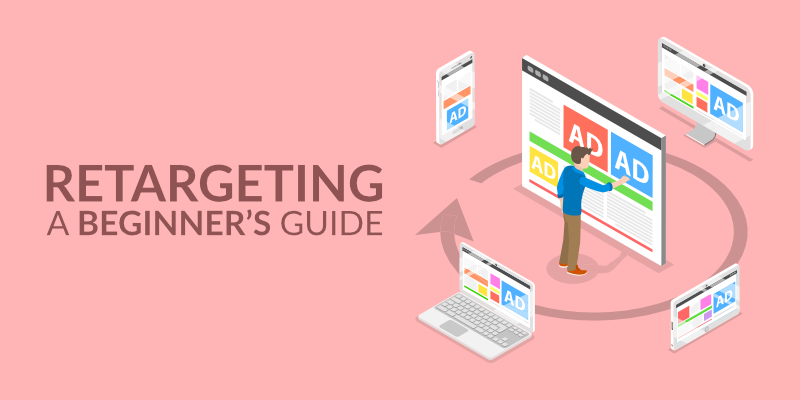

I have been examinating out a few of your posts and i can claim clever stuff. I will surely bookmark your blog.